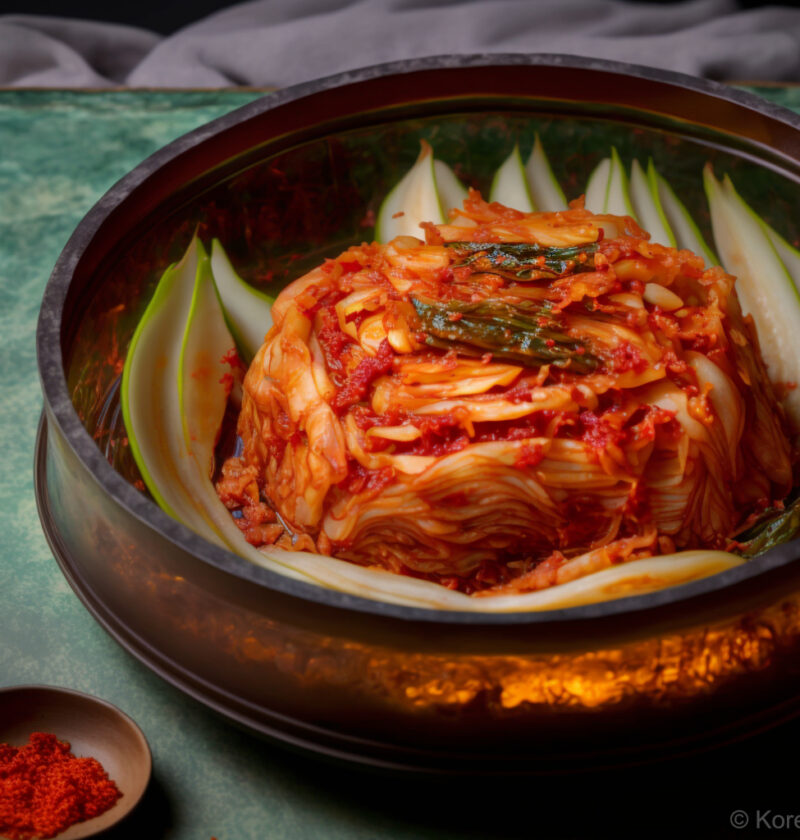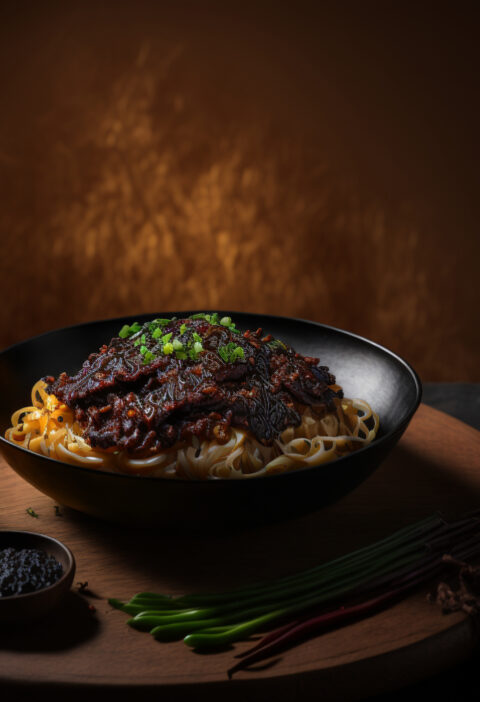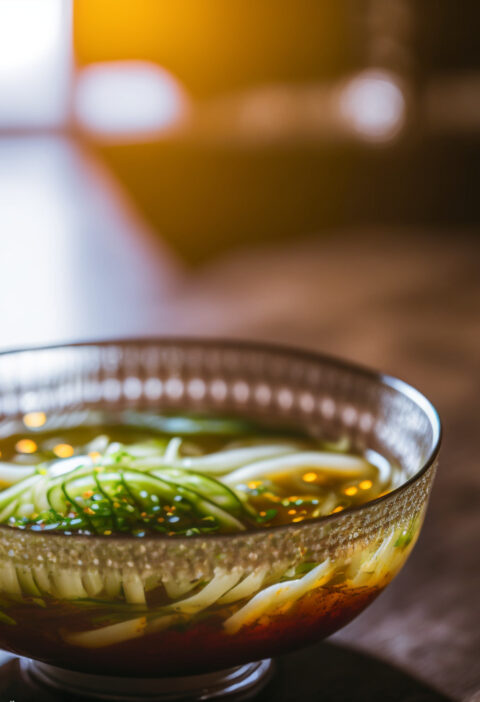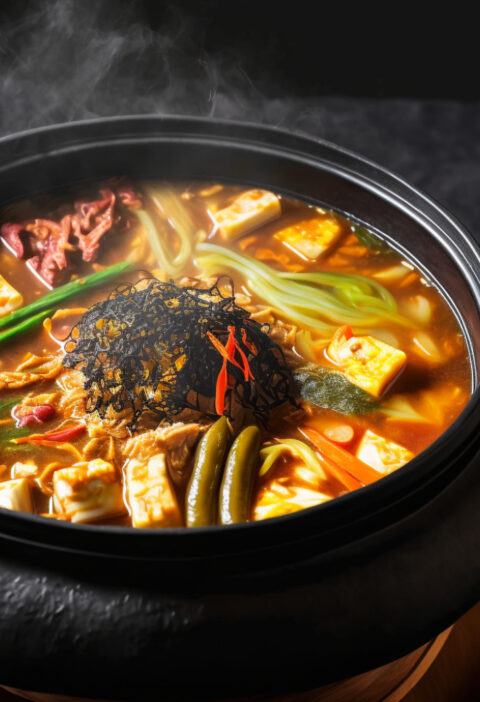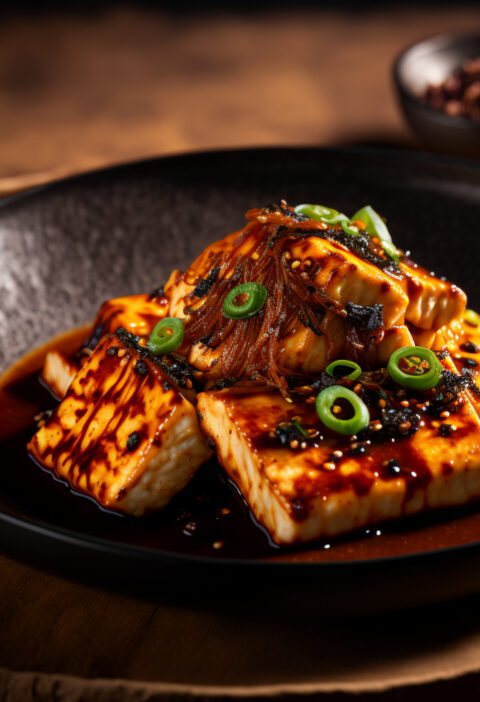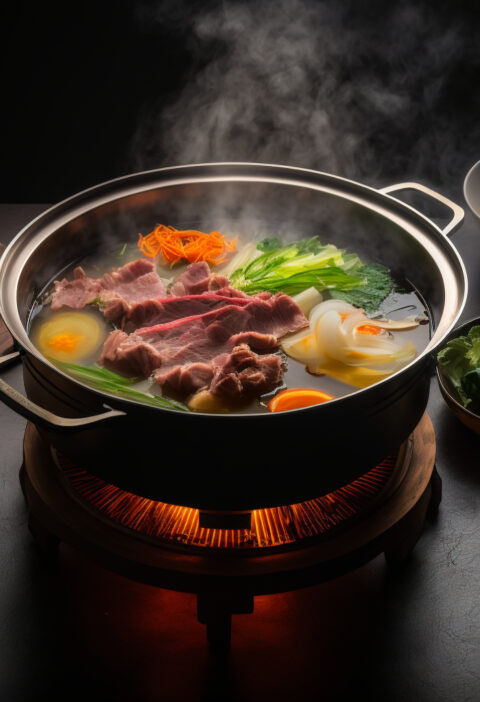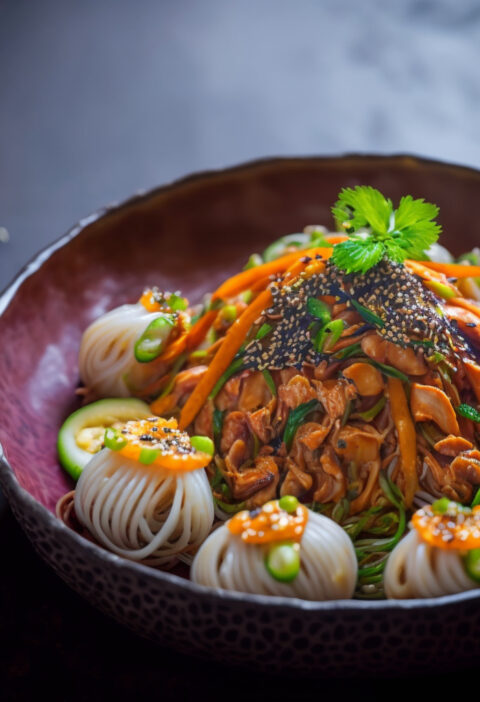What is Kimchi?
Kimchi is a traditional Korean fermented side dish made with fermented vegetables. It is typically Napa cabbage, and a variety of seasonings such as gochugaru, garlic, and ginger or gochujang. The vegetables are salted and left to ferment for a period of time, while the seasonings are absorbed and the vegetables become tangy and slightly sour. My recipe for kimchi can also be used as an ingredient in other dishes such as soups and stir-fries.
This Kimchi recipe is rich in nutrients and is believed to have a number of health benefits. Kimchi is a versatile and flavorful ingredient that is enjoyed by people all over the world. Whether you’re a fan of spicy and tangy flavors or want to try something new, with kimchi recipe like this you’re sure to is a great choice’re sure to have a delicious meal.
Table of Contents
Kimchi How To Make It
Ingredients
- 1 large Napa cabbage, cut into 2-inch pieces
- 1 cup water
- 1/4 cup kosher salt
- 1/2 cup Korean radish, julienned
- 1/2 cup carrots, julienned
- 1/4 cup green onions, cut into 2-inch pieces
- 1 tablespoon gochugaru (red chili flakes)
- 1 tablespoon minced garlic
- 1 tablespoon minced ginger
- 1 tablespoon sugar
- 1 tablespoon fish sauce
Instructions
- In a large bowl, mix together the water and salt until the salt is dissolved. Add the Napa cabbage to the bowl and let it sit for 1-2 hours, or until the cabbage is wilted.
- Rinse the cabbage under cold water and drain it well.
- In a separate bowl, mix together the radish, carrots, green onions, gochugaru, garlic, ginger, sugar, and fish sauce.
- Add the vegetables to the cabbage and mix well.
- Transfer the kimchi to a clean jar or container and press down on the vegetables to remove any air pockets.
- Close the jar or container and let the kimchi sit at room temperature for 2-3 days, or until it reaches the desired level of fermentation.
- Refrigerate the kimchi and enjoy it as a side dish or use it as a condiment for other dishes.
Why Kimchi Is Good For You
Kimchi is a nutritional powerhouse that offers numerous health benefits. This is why kimchi is good for you and why you should consider adding kimchi to your diet. The fermentation process creates probiotics, which promote a healthy gut and improve digestion. Kimchi is also low in calories and high in fiber, making it a great option for those looking to lose weight or improve their overall health. The spices used in kimchi are also known for their anti-inflammatory properties, making it a great addition to any anti-inflammatory diet.
What Does Kimchi Taste Like?
Kimchi has a distinct flavor that is both tangy and spicy. The fermentation process gives it a slightly sour taste, which is balanced out by the spicy and savory flavors of the spices used in the recipe. The taste can vary depending on the type of kimchi and the length of the fermentation process. Some kimchi recipes include fish sauce or shrimp paste, which can add a salty umami flavor to the dish.
In my experience I find that everyone has there own unique preferences for what kimchi taste like. The longer you allow the kimchi recipe to frement, the more fragrant and tangy it will be. If you don’t already know what kimchi taste like, you may want to experiment with a kimchi recipe. After a few renditions, you’ll soon pin down the flavor profiles that you prefer and build your unique preference of what kimchi taste like.
Variations of Kimchi
There are many different types of kimchi, each with its own unique flavor and ingredients. The most common type of kimchi is made with napa cabbage, but other vegetables such as radish, cucumber, and scallions can also be used. The ingredients used in the recipe can also vary depending on the region and the season.
One popular variation of kimchi is baechu kimchi, which is made with napa cabbage, garlic, ginger, scallions, and chili pepper flakes. Another popular variation is kkakdugi, which is made with cubed radish, garlic, ginger, and red pepper flakes. Kimchi can also be made with different levels of spiciness, from mild to extremely hot.
How To Store Kimchi
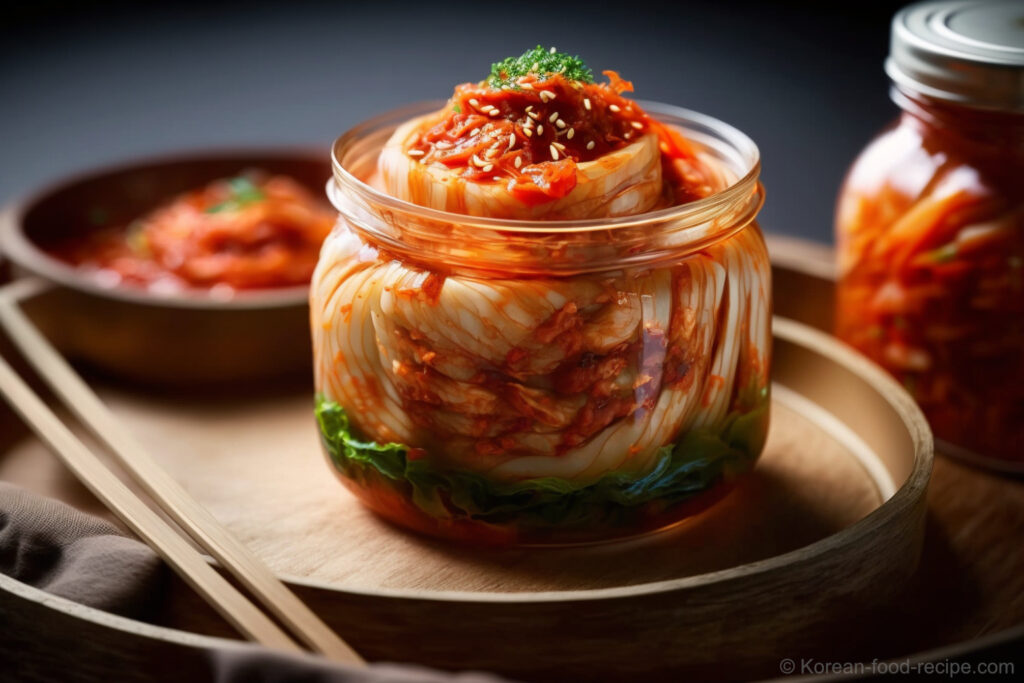
Keep Kimchi in the Refrigerator
One of the most crucial factors in storing kimchi is to keep it refriderated. Kimchi is a fermented food that can continue to ferment at room temperatures, causing it to spoil quickly. Storing kimchi in the refrigerator slows down the fermentation process and helps preserve its flavor and texture.
Use an Airtight Container
When storing kimchi, it is essential to use an airtight container. This will prevent air from getting in and causing the kimchi to oxidize, which can affect its flavor and texture. We recommend using a glass or plastic container with a tight-fitting lid to keep the kimchi fresh.
Store Kimchi at the Right Temperature
The ideal temperature for storing kimchi is between 32°F and 39°F (0°C and 4°C). Keeping the kimchi at this temperature range slows down the fermentation process and helps preserve its flavor and texture. We recommend storing kimchi in the vegetable crisper section of your refrigerator, as this is the coldest part of the refrigerator.
Keep Kimchi Away from Other Foods
Kimchi has a strong odor and flavor, and it is important to keep it away from other foods in the refrigerator. This will prevent the kimchi from contaminating other foods and vice versa. We recommend storing kimchi on the lower shelves of your refrigerator, away from other foods.
Check Kimchi Regularly
It is important to check your kimchi regularly to ensure that it is still fresh and edible. Check the color, texture, and smell of the kimchi to determine its freshness. If you notice any mold, discoloration, or off-odor, discard the kimchi immediately.
2,000 Years Of Kimchi And Counting
Kimchi is a traditional Korean fermented side dish that has a long history and cultural significance in Korea. It is thought to have originated over 2000 years ago, with the first recorded mention of a recipe for kimchi appearing in a Chinese document from the Three Kingdoms period. Although it has been speculated and disproven, that Kimchi only originated in the last 100 years.
Over the centuries, kimchi how to make it has evolved and become an integral part of Korean cuisine, with many different variations and styles developing across the country. It is made with a variety of vegetables, such as Napa cabbage, and seasoned with ingredients like chili flakes, garlic, and ginger. The vegetables are salted and left to ferment for a period of time, during which the flavors of the seasonings are absorbed and the vegetables become tangy and slightly sour.
Kimchi is a staple in Korean cuisine and is often served as a side dish, but it can also be used as an ingredient in other dishes such as soups and stir-fries. Its spicy, tangy, and slightly sour flavor is distinctively Korean and is enjoyed by people all over the world. Its popularity has spread beyond the borders of Korea, and it can now be found in many countries around the world.

